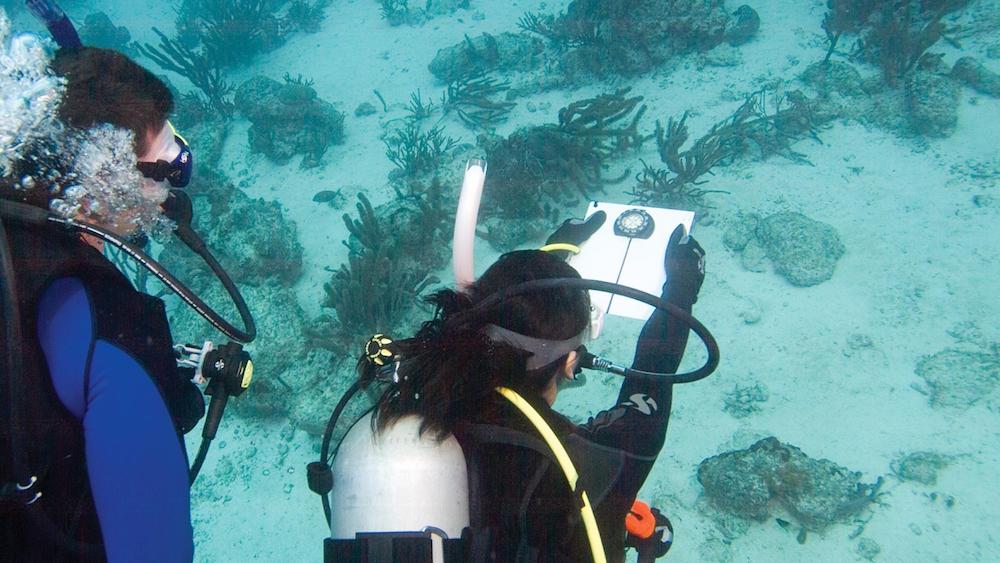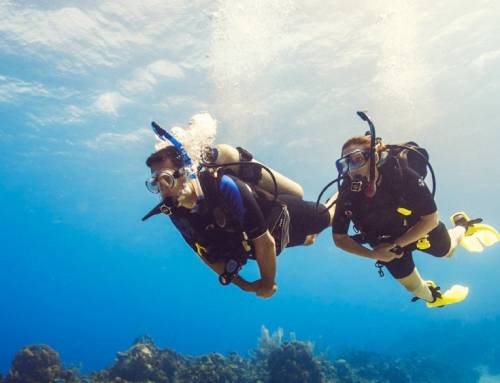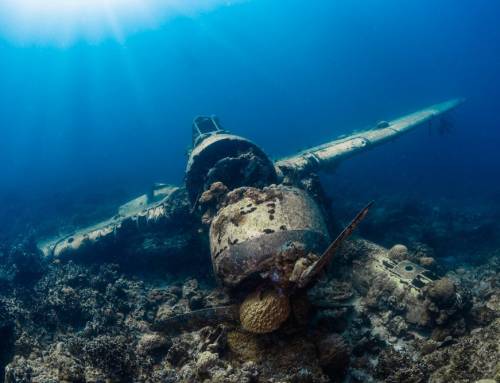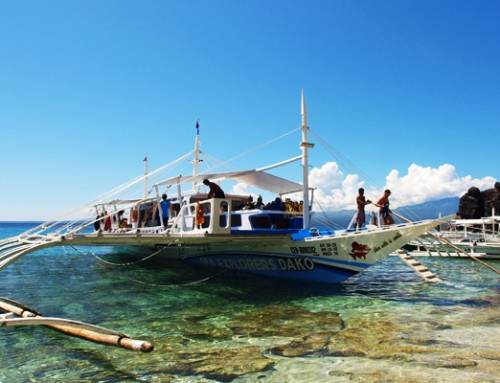
Underwater Diving Philippines: What to Expect
The Philippines is an archipelagic country known for its stunning beaches, beautiful landscapes, and friendly people. Its vibrant marine life also makes it a favorite diving destination for many locals and foreigners alike.
If you are curious about diving in the Philippines, below are some things you can expect.
Underwater diving Philippines: a diver’s paradise
The Philippines is a popular diving destination for many reasons including the following:
Rich marine biodiversity
The archipelagic country is part of the Coral Triangle, which features rich coral diversity and an abundance of marine life. It has hundreds of coral species and thousands of fish species. From tiny nudibranchs to large pelagic marine animals, diving in the Philippines will give you an immersive, fulfilling, and complete experience.
Diverse dive experiences
Not only will you enjoy the extensive marine life in the Philippines, but also the diverse dive adventures you get to experience depending on the sites you explore. You can go coral reef diving, wreck diving, muck diving, wall diving, cave diving, drift diving, and night diving.
Availability of diving courses
Whether you want to begin your diving journey or advance your skills, you will find numerous diving schools in the country. These are located in popular diving destinations like Boracay, Bohol, Cebu, Davao, and Palawan, among others. Courses are affiliated with PADI, SSI, NAUI, and CMAS and they range from beginner to advanced and instructor courses.
While the people in the Philippines speak Tagalog and other dialects, the English language is widely spoken in the country. It is commonly used as a mode of communication to foreign diving students and enthusiasts.
Affordable diving
Compared to other top destinations, diving in the Philippines offers great value for money. Dive rates are competitive with available budget accommodation options. The cost of transportation, food, and other expenses are also generally more affordable in the Phillippines than in many countries.
Example costs include the following:
- Fun dive (including equipment rental): $30 to $50 per person per dive.
- Open water diving course: $300 and $500, including equipment rental, training materials, and certification fees.
- Accommodation: As low as $10 per person per night.
Accessible dive sites
Being a popular destination for locals and tourists alike, the diving sites are easily accessible. You can reach the destinations by air, land, sea, or a combination of any mode of transportation. Some diving services even offer liveaboard options for remote sites that allow you to divers to explore different dive spots in one trip.
All-year diving
Different dive sites from different regions have varied peak seasons and marine life sightings. This gives you a year-round opportunity to explore different diving sites around the country. However, there are also dive sites that you can explore throughout the year, including Moalboal in Cebu and Anilao in Batangas.
Other activities and attractions
In addition to your diving adventures, you can also enjoy other attractions and activities in the Philippines. You can bask and swim in white sand beaches, springs, and falls; watch the stunning sunrise, sunset, city views, and mountain views; explore natural and cultural wonders like the Chocolate Hills, Mayon Volcano, Taal Volcano, Banaue Rice Terraces, and the many historical sites spread all over the country; devour in various delicacies unique to every region; and witness cultural and religious events like “fiestas” or festivals.
These factors, combined with the hospitality of the Filipinos, make it a premier diving destination for divers of all levels.
Philippines underwater diving: common marine life sightings
Below are some of the common marine life sightings in the Philippines and the best times to see them:
Whale sharks (Butanding)
- Location: Donsol, Sorsogon and Oslob, Cebu
- Best time: From November to June in Donsol and year-round in Oslob
Thresher sharks
- Location: Malapascua Island, Cebu
- Best time: Year-round, with sightings more common early in the morning
Manta rays
- Location: Tubbataha Reefs Natural Park in Palawan and Monad Shoal in Malapascua Island, Cebu
- Best time: April to June in Tubbataha and year-round in Monad Shoal
Turtles
- Location: Apo Island in Negros Oriental, Balicasag Island in Panglao, Bohol, and Tubbataha Reefs Natural Park in Palawan
- Best time: Year-round
Sardine run
- Location: Moalboal in Cebu
- Best Time: Year-round
Dugongs
- Location: Busuanga in Coron, Palawan
- Best time: March to June
Various reef fish and macro life
- Location: Anilao in Batangas, Puerto Galera in Oriental Mindoro, and Dauin in Dumaguete, Negros Oriental
- Best time: Year-round
Barracudas
- Location: Tubbataha Reefs Natural Park in Palawan and Apo Reef in Occidental Mindoro
- Best time: April to June
Hammerhead sharks
- Location: Cabilao Island in Bohol
- Best Time: December to May
Coral gardens
- Location: Tubbataha Reefs Natural Park in Palawan, Apo Reef in Occidental Mindoro, and Balicasag Island in Panglao, Bohol
- Best time: April to June
Pygmy seahorses
- Location: Anilao in Batangas and Puerto Galera in Oriental Mindoro
- Best time: Year-round
Eagle rays
- Location: Tubbataha Reefs Natural Park in Palawan
- Best time: April to June
Nudibranchs
- Location: Anilao in Batangas and Puerto Galera in Oriental Mindoro
- Best time: Year-round
Exploring the underwater world in the Philippines is a fascinating adventure. Various dive sites from different regions allow you to see diverse marine life and experience unique dive adventures. It’s an unforgettable journey into the depths and shows exactly why the Philippines is a favorite destination for underwater enthusiasts all over the world.






